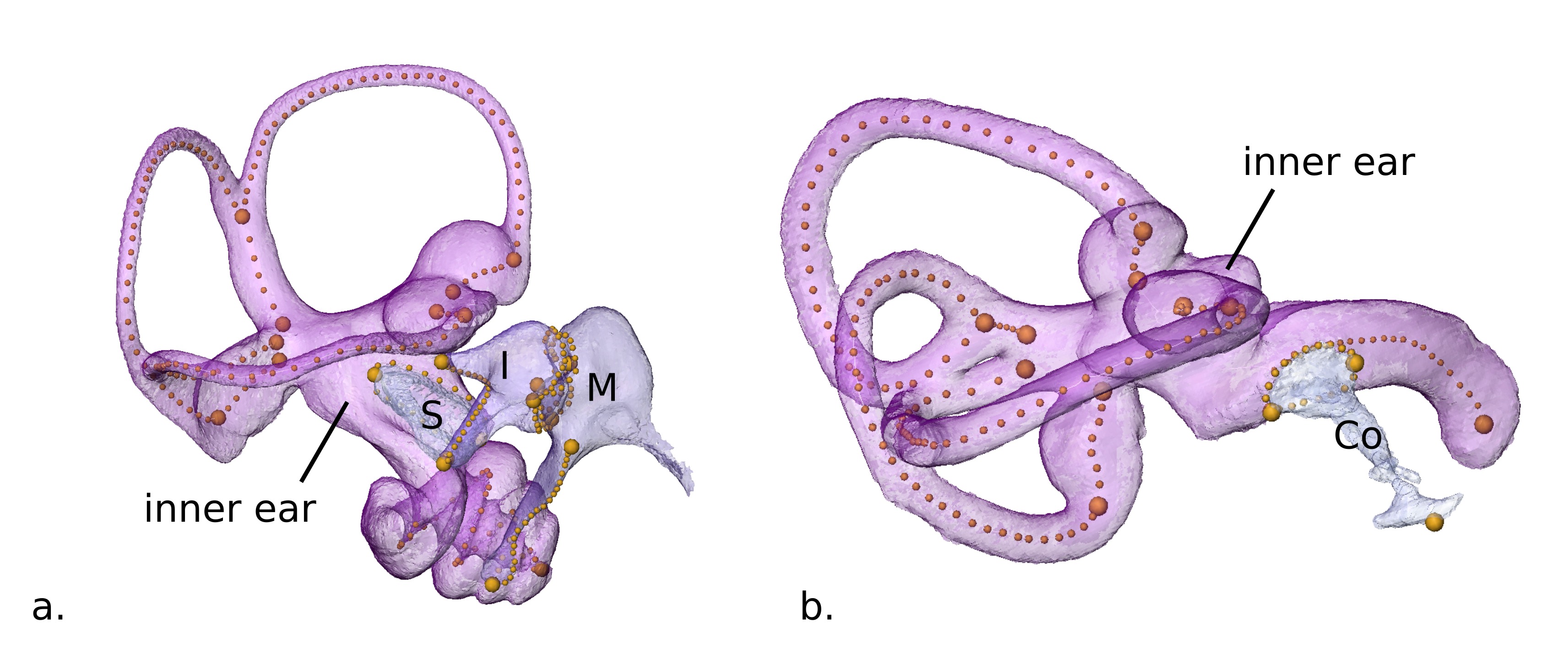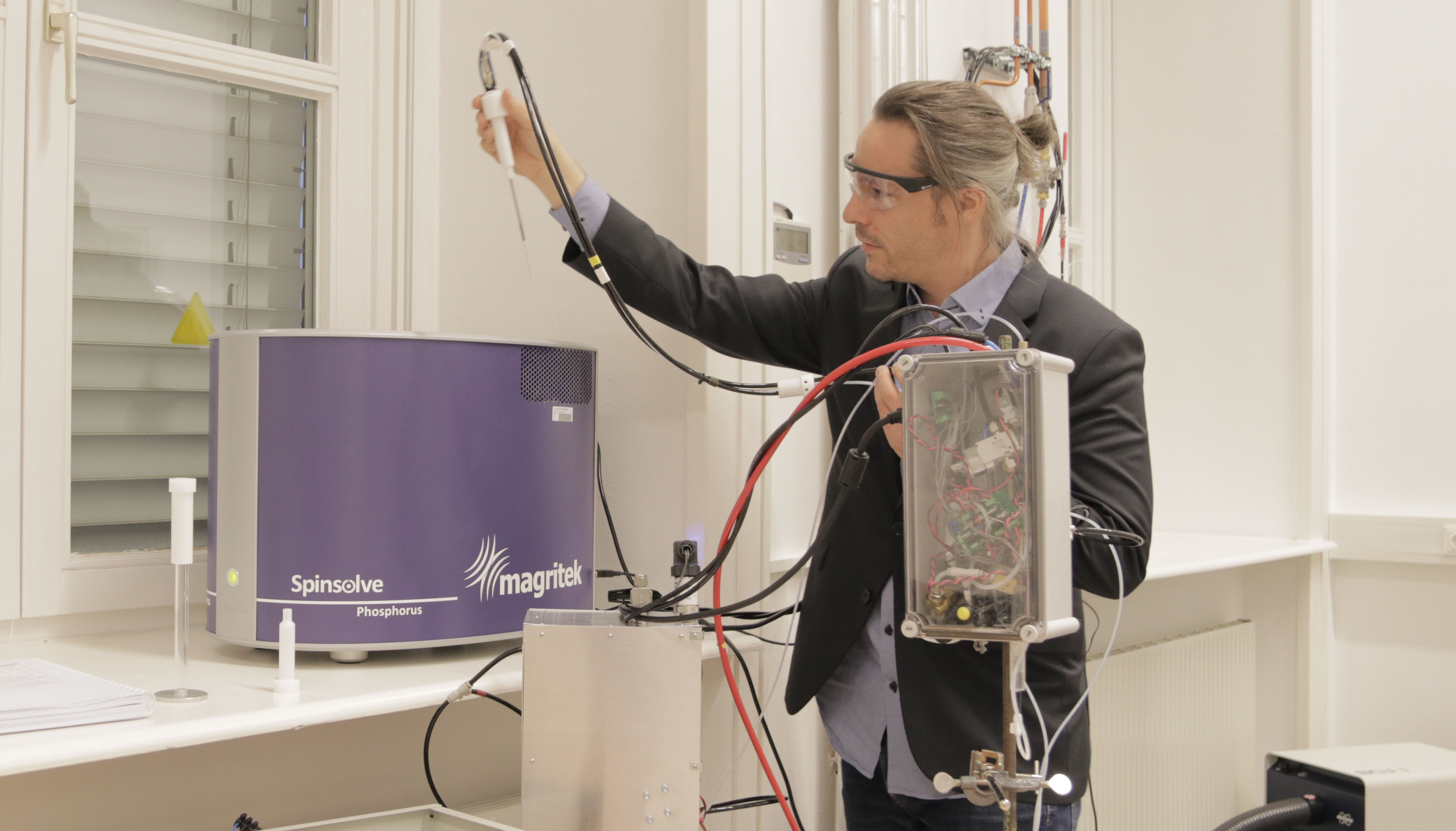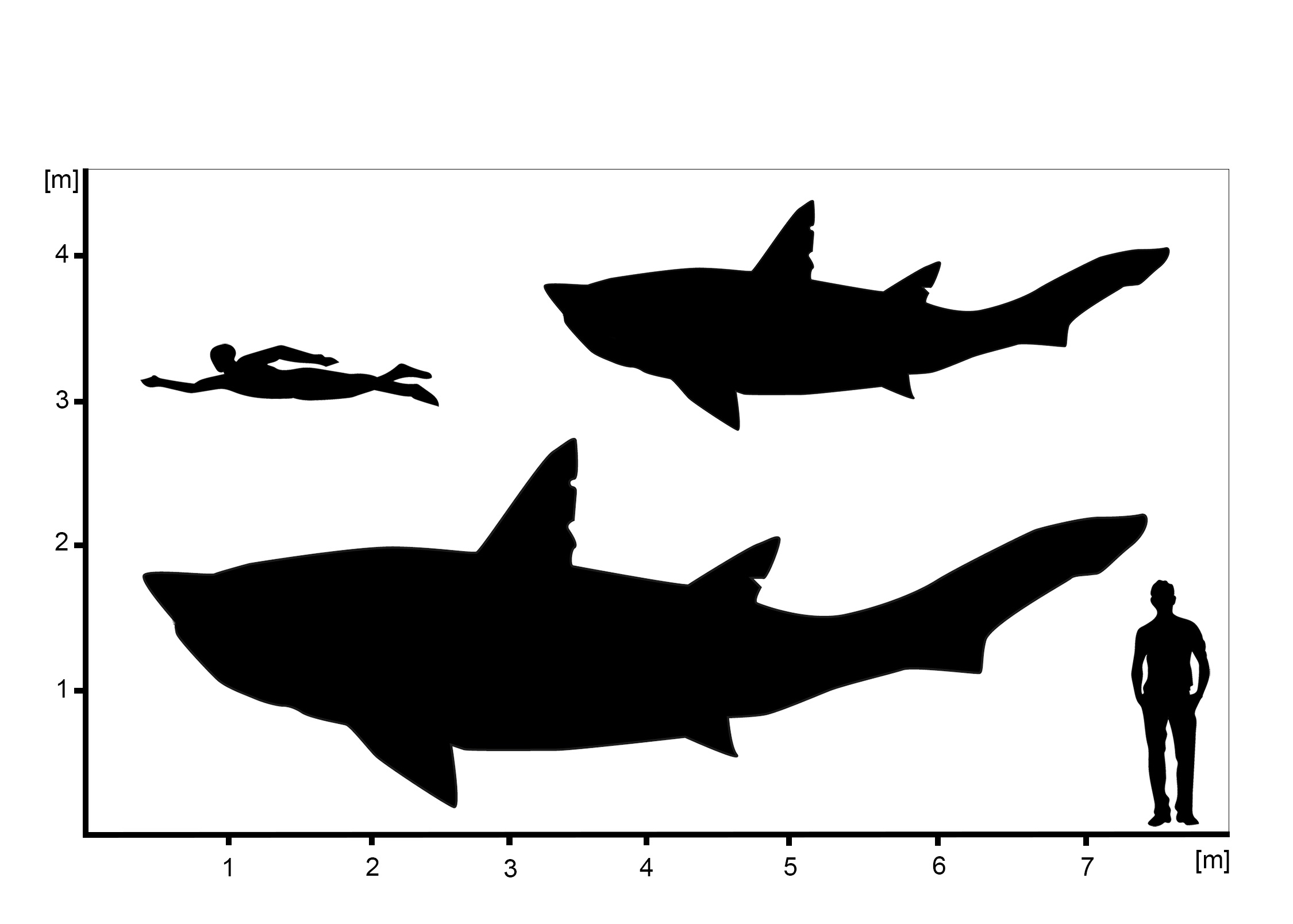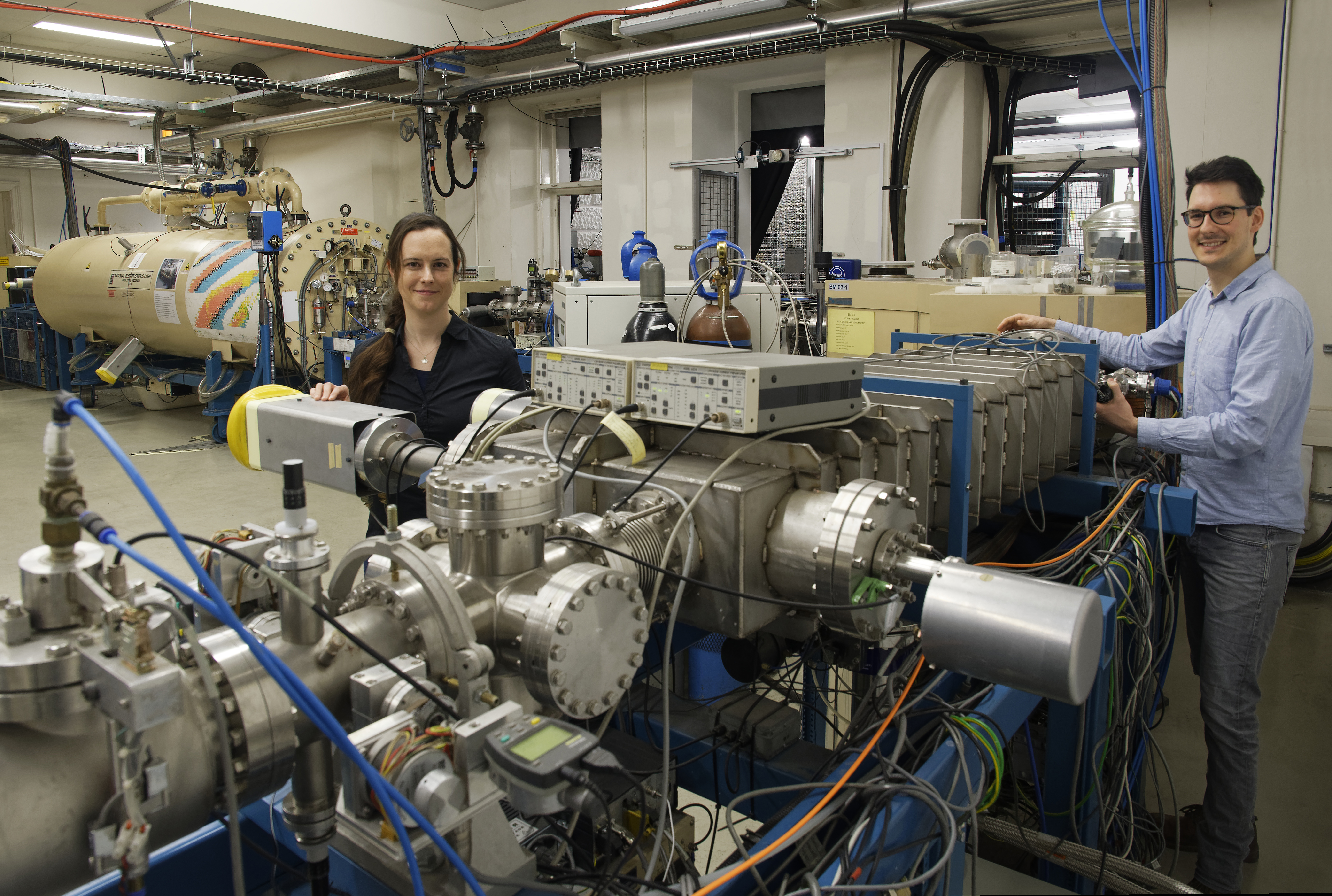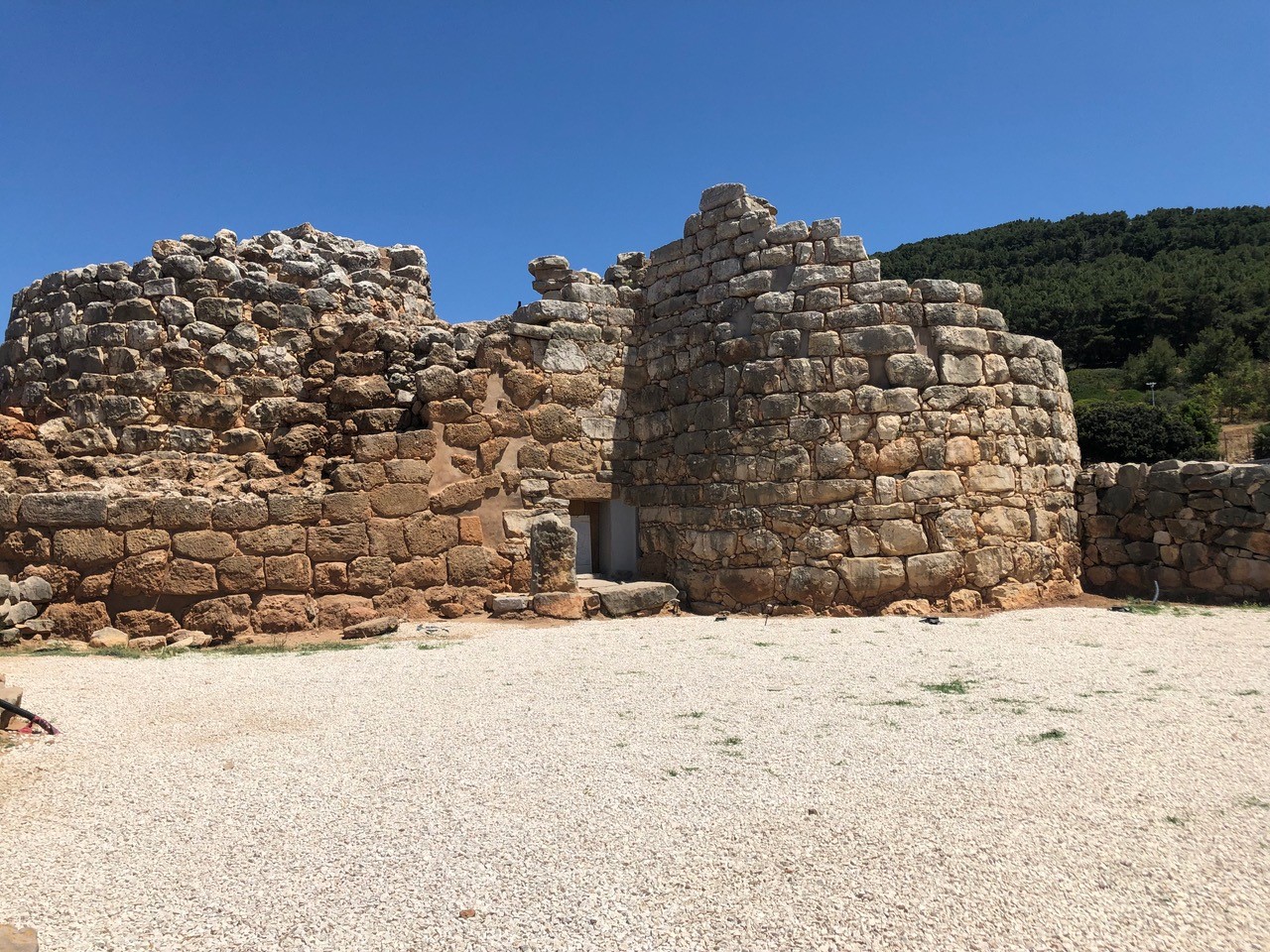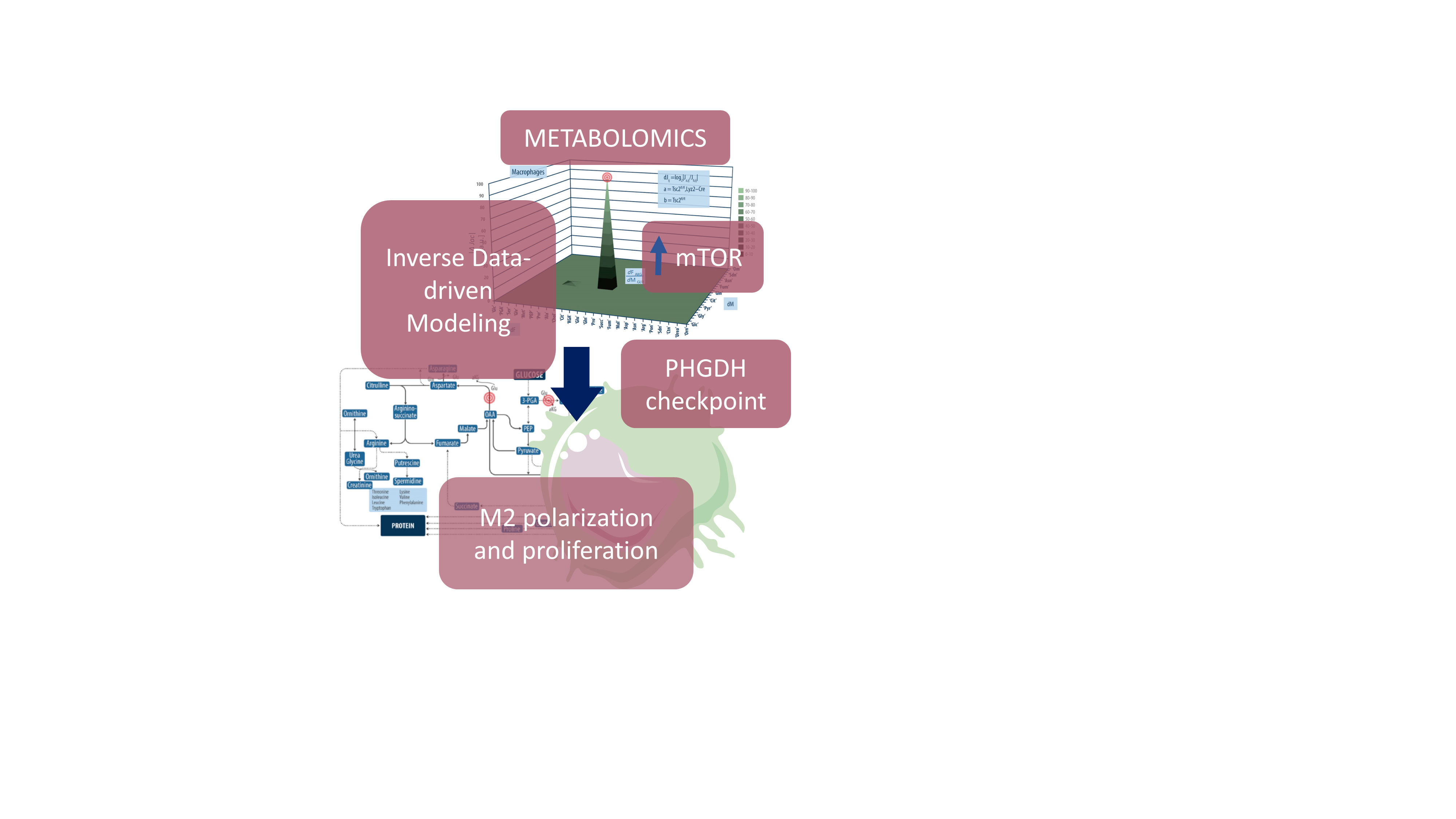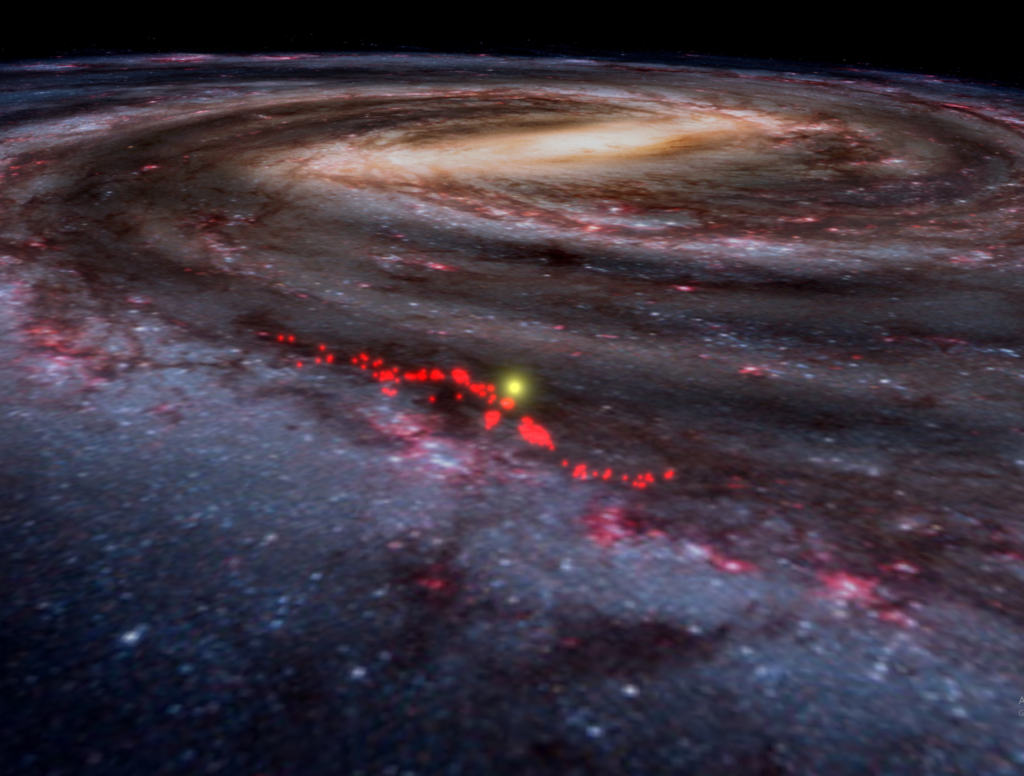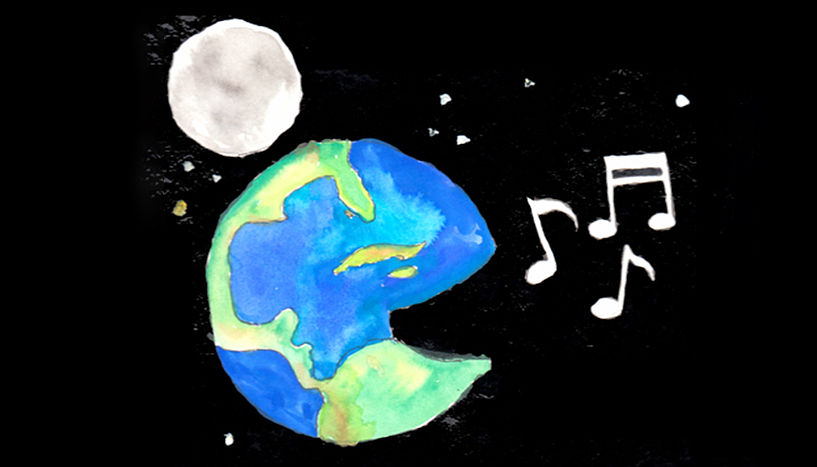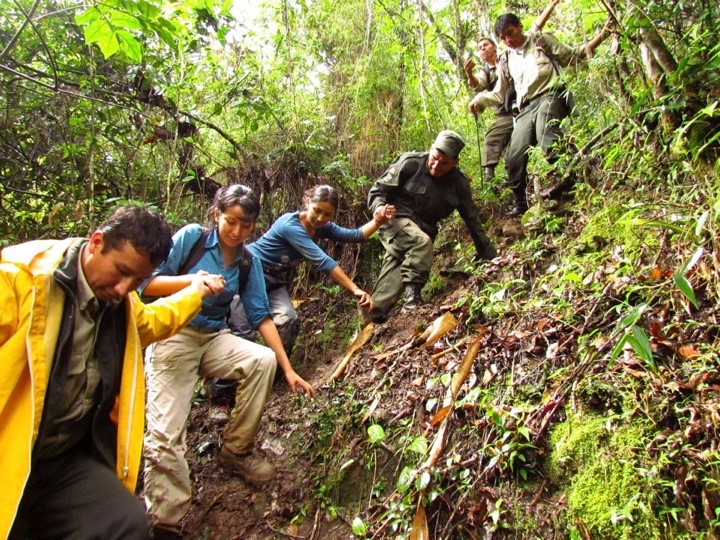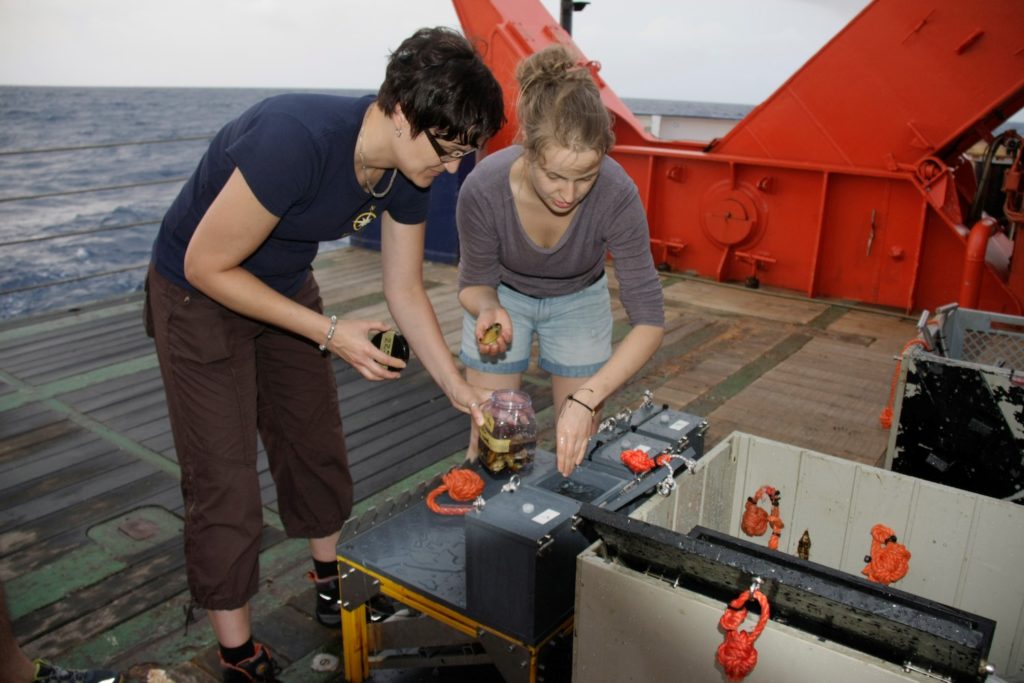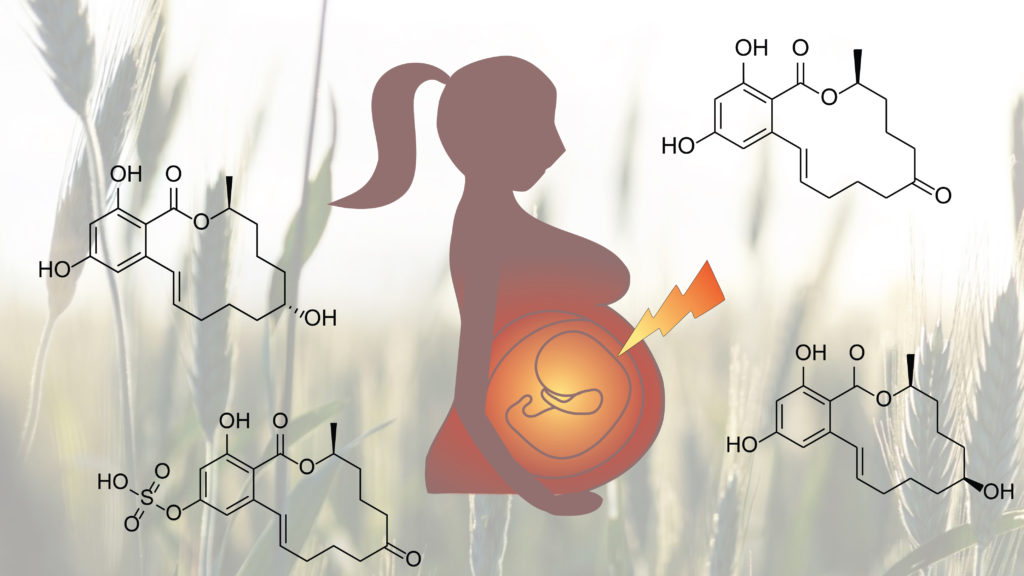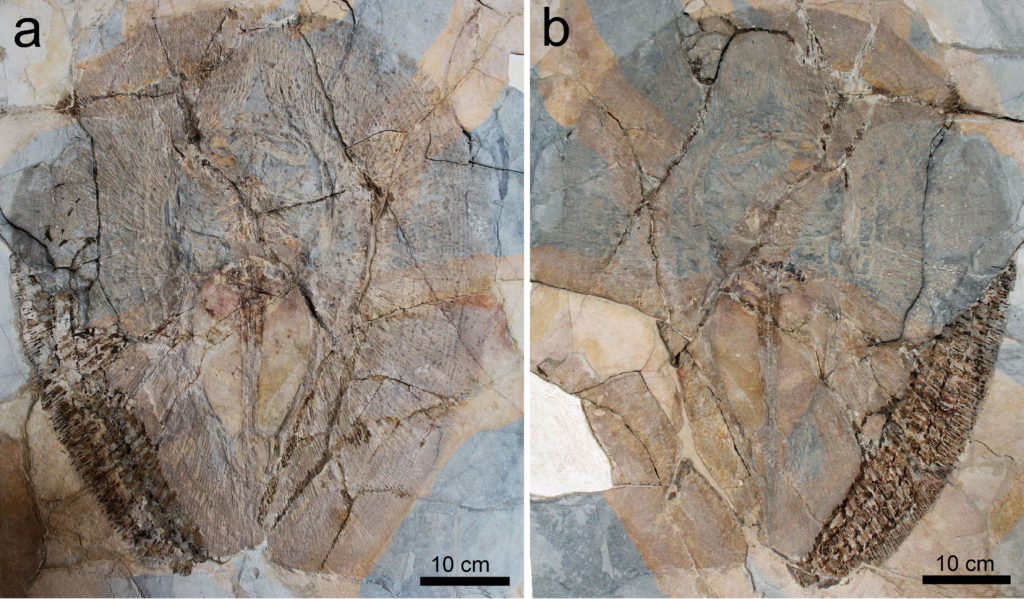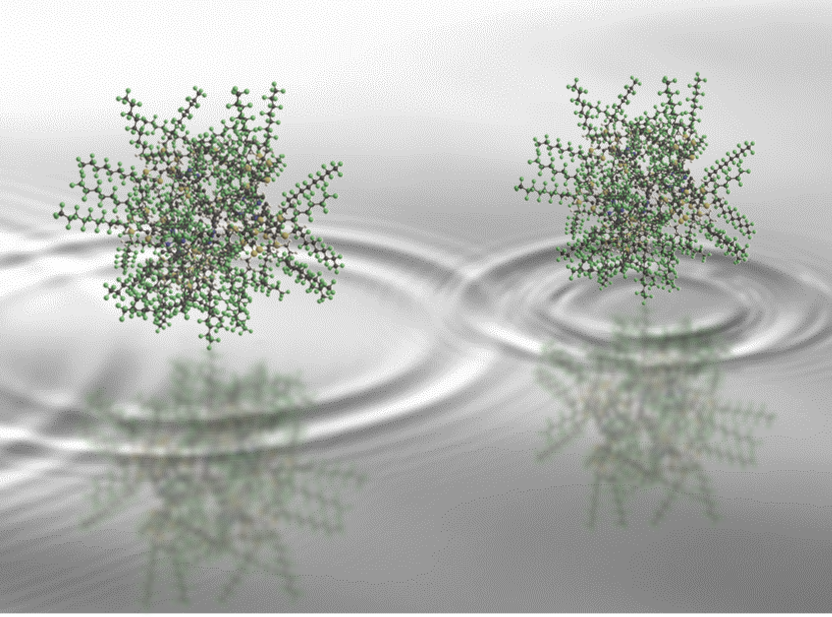21st century societal challenges such as demographic developments and an ageing population demand for new functional materials, such as for bone prostheses. Nature often serves as inspiration when designing these materials. In a recent study published in Analytical Chemistry, a team led by ERC awardee Dennis Kurzbach of the Faculty of Chemistry at the University of Vienna reports an innovative approach for high-resolution real-time monitoring of calcium phosphate mineralisation, which is an important natural process for the formation of, e.g., bone, carapace and teeth. They showed how next generation NMR technology allows to create new knowledge about the efficiency of natural materials.
